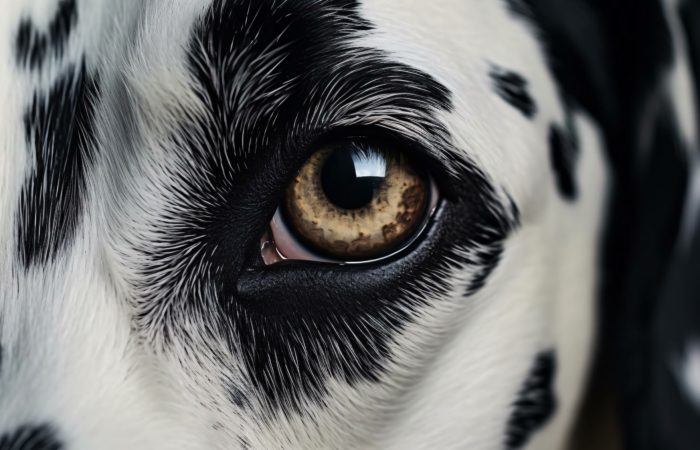Clear vision: Understanding ophthalmology in small animal practice
This course aims to demystify common ophthalmic conditions seen in practice, with top tips for gaining the most from your examination as well as targeted treatments. Working from the front to the back of the eye we will consider not only primary ophthalmic conditions, but how mastering a good ophthalmic examination can help with diagnosis of systemic disease. By the end of this course, you will be confident in recognising various disease processes and will be able to advise your clients about the most appropriate and up to date treatment options.
The course is run by Georgina Fricker (ECVO and RCVS Recognised Specialist in Veterinary Ophthalmology). It runs over a eight-week period and takes around 10 hours to complete. The course is delivered via video webinars and supplemented with a real-time discussion forum with the course tutor, giving you the opportunity to ask questions or discuss cases you may be facing in your practice.
Access to this course is for 12 months from the start of the course going live on our website. The discussion forum will be monitored for the course duration only.
Course Content
- Recognise common causes of corneal ulceration in dogs
- Explain when further intervention is needed
- Summarise treatment selection for minimal scarring
- Pre-corneal tear film, where does it come from and what does it do?
- Recognise what to do when the tears are gone
- Describe excessive tearing – common causes and their management
- Describe how to assess eyelid conformation and function
- Identify brachycephalic issues – recognising and managing these common issues
- Summarise dos and don’ts with treating eyelids
- Identify common causes of ocular redness
- Describe the management of red eyes in practice
- Recognise when further testing is indicated
- Identify cataracts and other disease processes that can appear similar
- List the medical management options
- Recognise when to refer for surgery and outcomes
- What happens in the vitreous?
- Describe how to recognise patterns of fundic disease
- Review treatment options for the back of the eye
- Describe how to assess vision
- Recognise common conditions leading to blindness
- Review the management of blind dogs
- Identify conditions unique to cats
- Discuss the use of antivirals and the eye
- Review the management of feline eyelids
Meet the speakers

Georgina Fricker
Ophthalmology Specialist
already purchased this course? login to your vtx account for access
login

